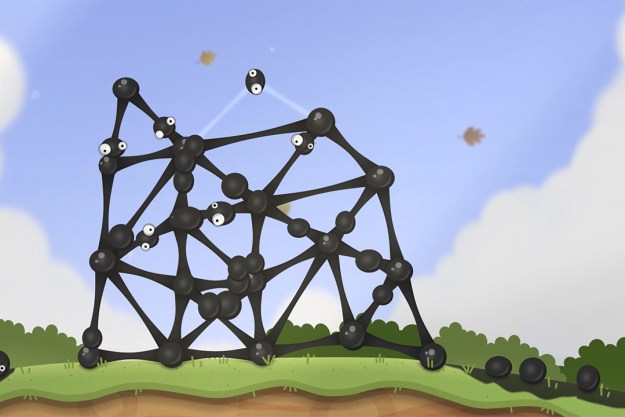Casting players as “I,” a letter separating from the other 25 members of the alphabet, the world of Switch is unbearably, and intentionally, lonely. “I” has lost “all meaningful contacts” in the world, and must repair the bonds that have deteriorated over the years in order reunite him with his friends. Two sides of his conscience — the famous angel and devil — try to convince you at the start of each level to stop playing or continue in your quest to win back I’s friends.
“I,” being a member of the alphabet, is capable of transforming between a capital and lower-case letter. This is where the titular “Switch” mechanic comes into play. In order to solve puzzles you must alternate between both states, and this transformation affects the story, as well. Threye says the evolution from lower-case to capital “I” reflects one’s maturity as they age, but it should allow for unique gameplay mechanics not seen in Playdead’s Inside, for example.
Switch is currently taking part in Square Enix’s “Collective” program, which allows you vote on independent projects to determine if the developers will seek crowdfunding support.
A small demonstration, embedded on the game’s Collective page, shows just how small “I” is in the context of the game’s world. “I” jumps in front of a mirror, expecting to see himself, but instead sees nothing at all. Without downplaying the pain of isolation, the game offers a route toward maturity and connection.
Editors' Recommendations
- Kingdom Hearts 4: release date, trailers, gameplay, and more
- All upcoming Switch games: 2024 and beyond
- The Nintendo Switch just got 2 surprise games — and they’re both worth grabbing
- Every rumored video game console: Nintendo Switch 2, PS5 Pro and more
- Square Enix just set a new bar for video game demos with its latest RPG


